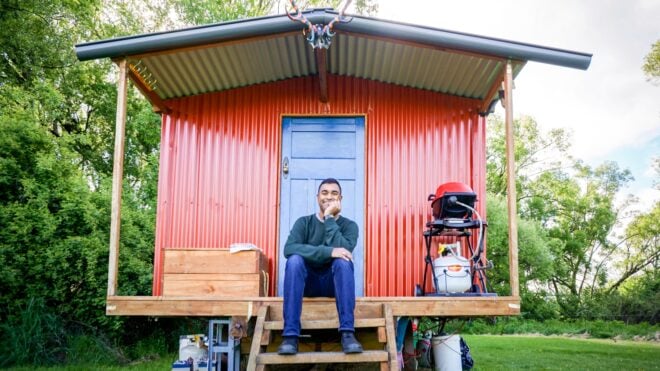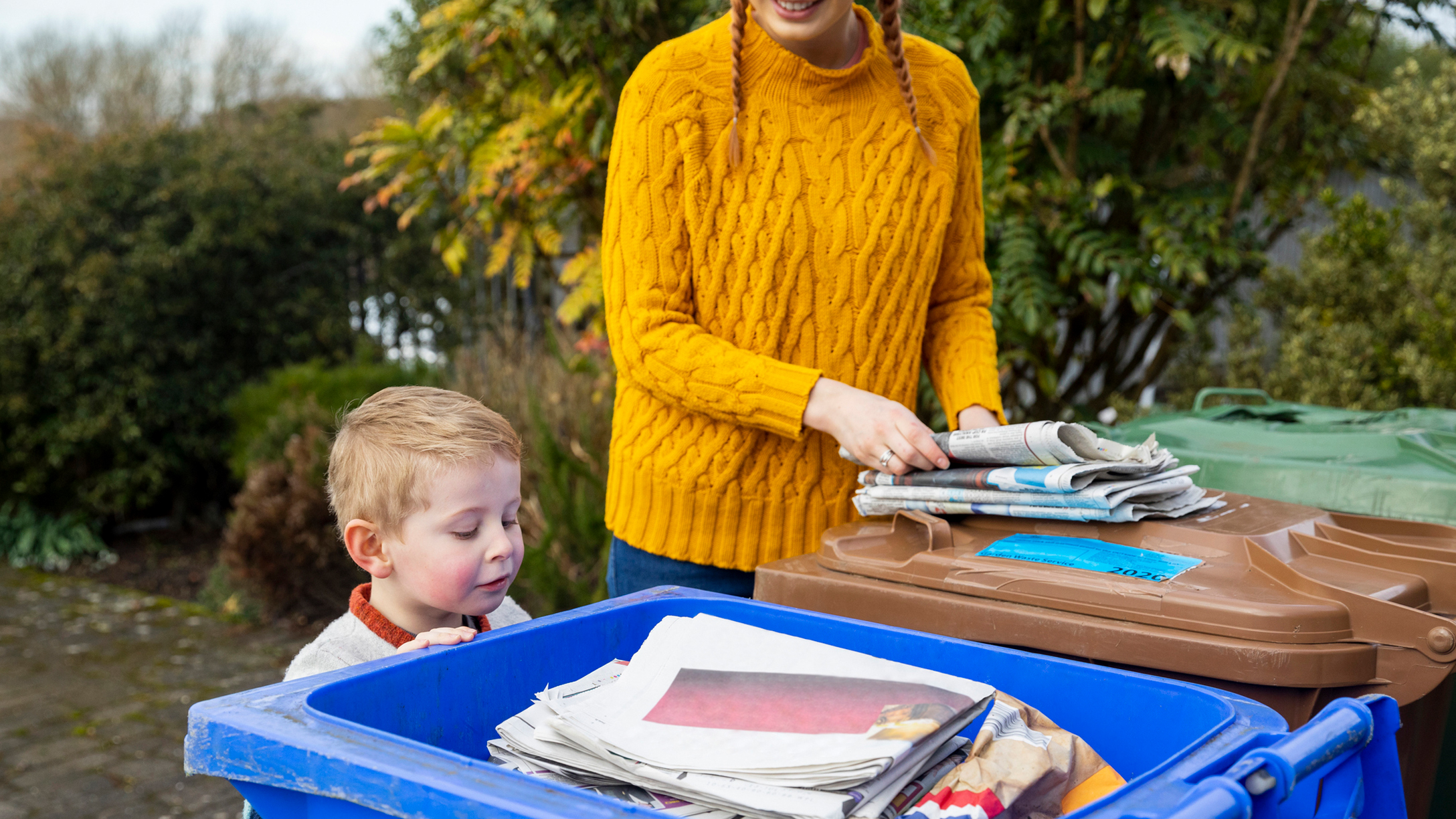
In this article
Making the switch from single-use products to more sustainable options in your home has likely been on your mind for some time now. Zero-waste began as a trendy catchphrase approximately 10 years ago but has quickly become a significant minimalist movement and business in recent years.
If you cringe each time you tie up another trash bag filled with paper waste, these environmentally friendly tips will help you work toward an eco-friendly home.
Why reduce paper waste in your home?
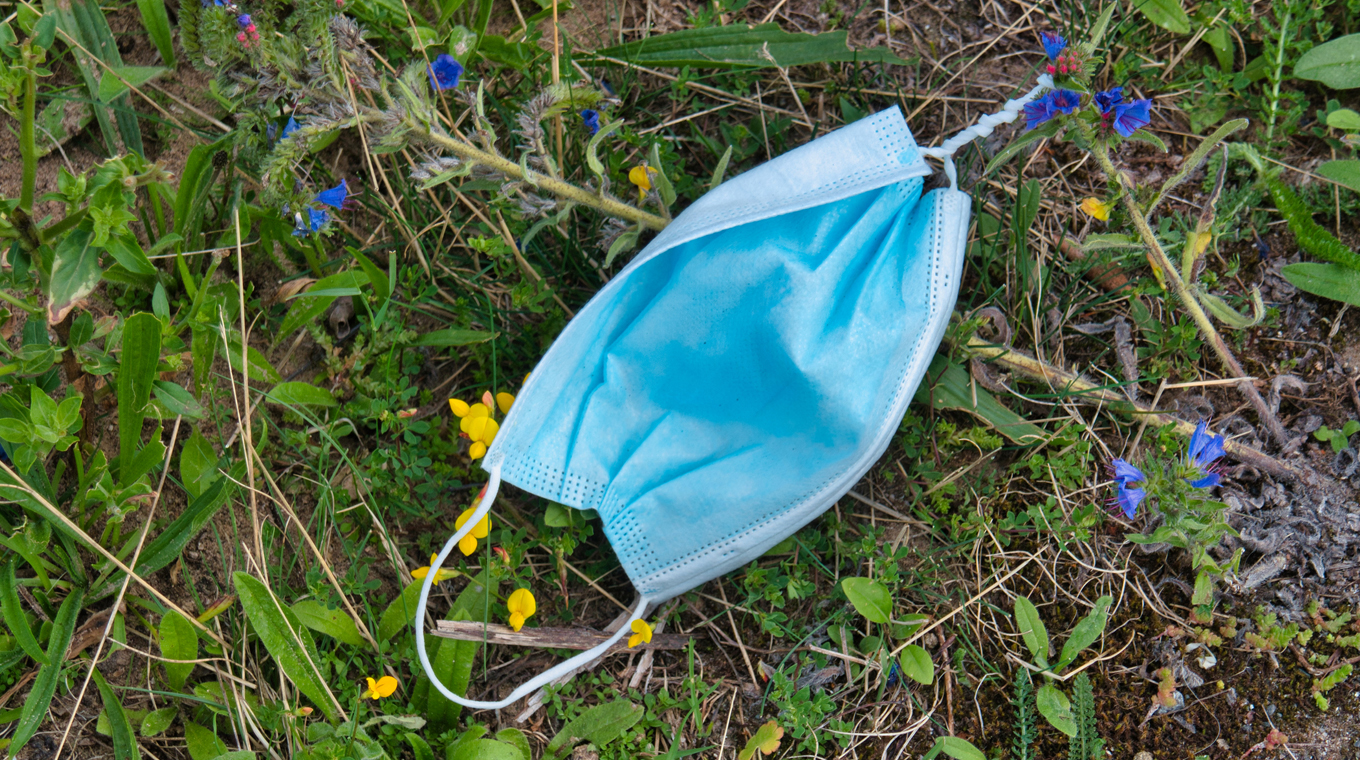
The average person in the United States generates over 700 pounds of paper each year. This fact coupled with the increased use of disposable face masks over the last year and a half to slow the spread of COVID-19 means that our environment is now in more trouble than ever before. Researchers at Swansea University's College of Engineering in the UK have devoted the last year to compile facts about paper waste and determine its public health and environmental impact.
"Before the pandemic, we were looking at reducing the use of plastic straws, reducing packaging, but now we are looking at hundreds and thousands of these masks being disposed," the study's leader, Dr. Sarper Sarp, told BBC News. "We need to sort our priorities — first of all, we need to get over the pandemic and protect each other and public health. Then, in the meantime, we need to take steps to protect the environment."
Protecting the environment begins at home; as the old adage says, 'Think globally, act locally.' By making a few changes in your day-to-day life, you can dramatically reduce your carbon footprint to do your part to protect the environment.
How to reduce paper waste in the kitchen
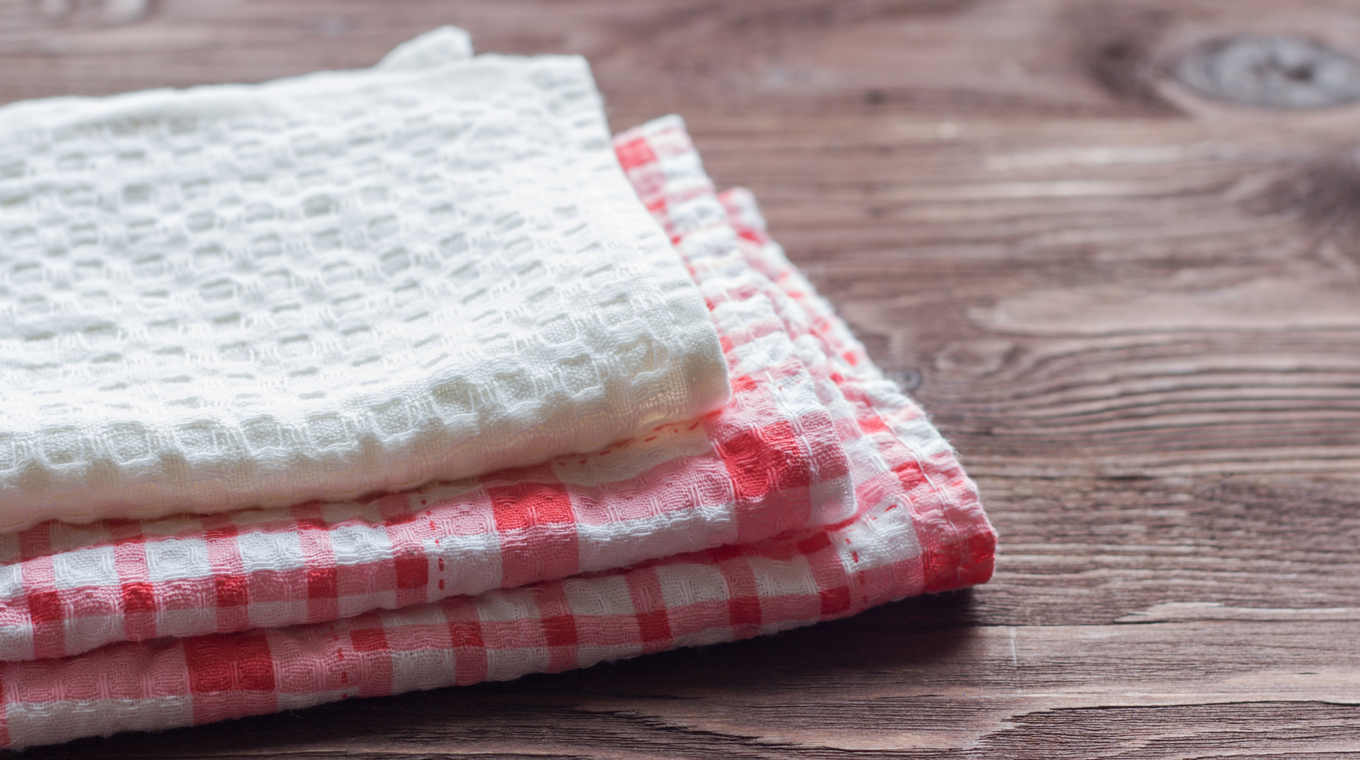
Making the switch from paper products to more environmentally safe options may take some time, but in the long run you will feel better about reducing your carbon footprint and making your home as zero-waste as possible. The following are simple ideas to help you reduce paper waste in your home; it may be easier to implement one small change at a time rather than going 'all in' right away.
- Switch from paper towels to eco-friendly cloth towels — microfiber cloth towels snap together and can be placed on a regular paper towel holder for ease of use. Simply wash and reuse as needed.
- Instead of cling wrap to keep leftovers fresh, use cloth fabric treated with beeswax to seal bowls and containers in the refrigerator.
- While coffee pods and to-go cups are an easy and convenient option for your busy mornings, they produce significant plastic and paper waste. Opt for the pod attachment that corresponds to your particular coffee maker and invest in a nice commuter mug that has the added bonus of keeping your coffee hot longer, too.
- Ditch the paper napkins and use cloth ones instead. You can create these beautiful Shibori-style napkins in one afternoon with a few simple supplies.
Eco-friendly options to use instead of paper products
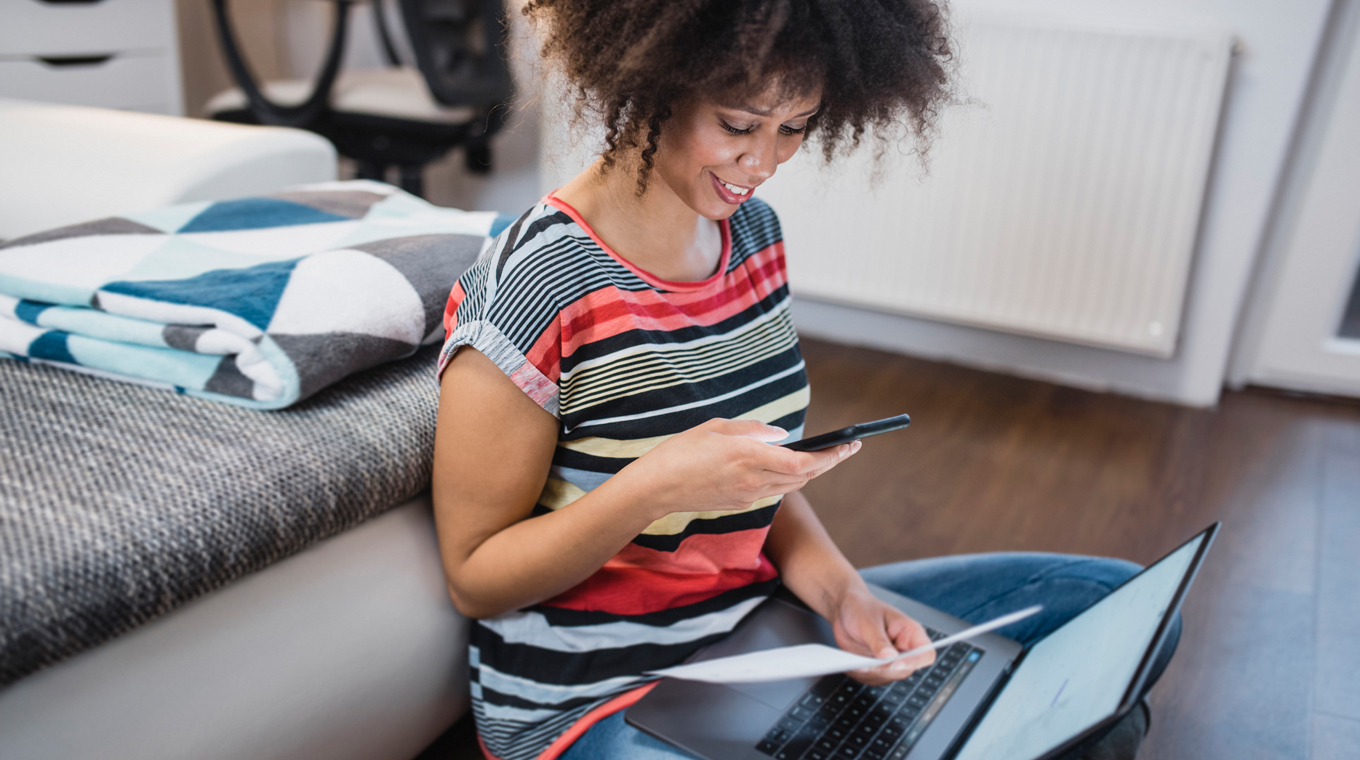
While many have switched in the last decade to digital versions of their favorite periodicals, there are still a variety of ways households produce extensive paper waste.
Dawn, a mom of four, runs the YouTube channel The Minimal Mom, where she shares tips and tricks for living a minimalist lifestyle with kids. "I try to deal with anything and everything as it comes in the house now so that we don't have these piles sitting around. The key is actually sorting it as it comes into the house," she explained in a recent YouTube video about reducing paper clutter.
Here are other ways to reduce your family's paper consumption and/or make it more eco-friendly:
- Opt for having your receipts emailed to you when making purchases. Many retailers now offer this option, and it'll make your life easier come tax time, too. The last thing your accountant wants is a shoebox full of receipts and documents. Switch to a program like eStatements to digitally corral all of your remaining paper receipts and other important papers in one place.
- Pay attention to the packaging on things you buy, and opt for products that use minimal and recyclable packaging.
- Opt for eco-friendly personal care products like Thinx period underwear or reusable menstrual pads instead of the potentially toxic paper and plastic versions.
- Bamboo toilet paper is another fairly easy swap to use instead of traditional toilet paper. Bamboo is a renewable resource that grows quickly, readily making it a more eco-friendly option than traditional toilet paper.
- Recycling paper waste can reduce waste by 50%. When making copies or printouts you realize you don't need, simply bind unwanted paper and use it as scrap paper for math homework, or let the kids use it to create nature journals.



